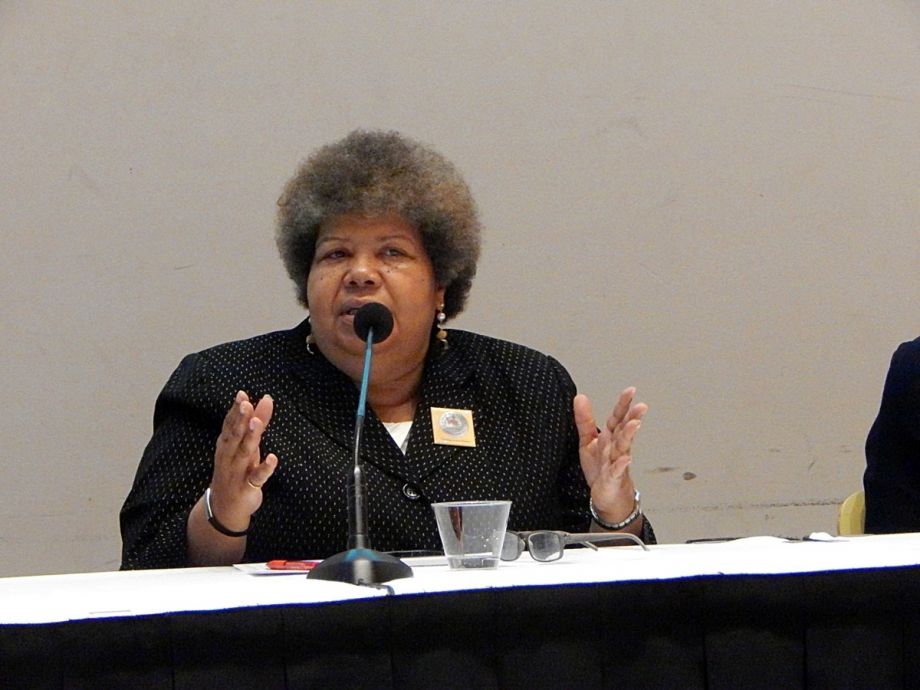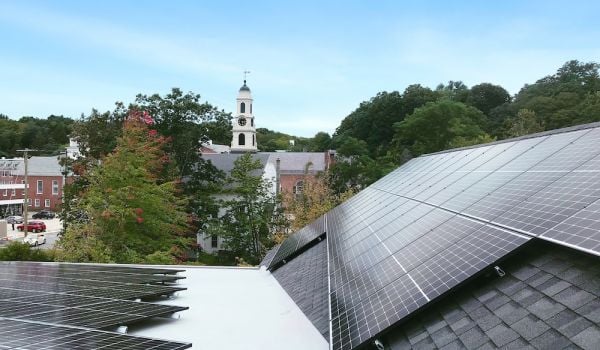On Chicago’s South Side, one outgrowth of the Great Migration of African Americans from the Jim Crow South during the early and mid-20th century was an outpouring of scientific and business innovation. Daniel Hale Williams, an African American surgeon based in Chicago, was one of the first to perform successful open heart surgery. Supreme Life Insurance, the first black-owned insurance company in the northern United States was founded in the area that has become known as Bronzeville.
Cultural riches also flourished in Bronzeville. Thomas Dorsey drew inspiration from grief to become known as the Father of Gospel music. Literary figures like Lorraine Hansberry and poet Gwendolyn Brooks made their homes there. Influential black-owned newspapers such as the Chicago Bee, and the Chicago Defender(still in publication today), along with Johnson Publications, home of Ebonyand Jet, were all established in Bronzeville.
Therefore, it seems fitting that Bronzeville emerged as the optimal location for a 10-year pilot microgrid project by Commonwealth Edison — Chicago’s electricity utility, also known as ComEd. The project will be on showcase this week during the 2018 Greenbuild Conference in Chicago.
A microgrid is defined as a local energy grid connected to the main grid, but which can also operate autonomously during an emergency. The Bronzeville microgrid is included as part of ComEd’s Community of the Future in Bronzeville initiative. A comprehensive study of locations within ComEd’s service area within northern Illinois revealed that locating the microgrid in Bronzeville provided the optimal potential for security, resiliency and “an ability to promote public good.”
The boundaries for the Bronzeville microgrid footprint are 33rd Street to the North, 38th Street to the South, State Street to the West, and South Dr. Martin L. King Jr. Drive to the East. The completed project will serve approximately 1,060 residential commercial and industrial customers.
Construction began on June 26, 2018. Ten facilities will benefit, including the City of Chicago Public Safety Headquarters; De La Salle Institute, a Catholic high school located adjacent to campus of the Illinois Institute of Technology; Perspectives/IIT Math & Science Academy; a library, public works buildings, restaurants, health clinics, public transportation, educational facilities, and churches, according to ComEd.
“It’s really a major learning experience and opportunity to gain information relative to the integration of renewable energy into our system,” says David O’Dowd, spokesperson for ComEd. “It is a great way to be able to do that and at the same time provide increased resiliency for the Bronzeville community.”
ComEd developed the microgrid project in close cooperation with both the Bronzeville Community Development Partnership and the Illinois Institute of Technology. The Partnership is a grassroots economic development organization focused on information technology, heritage tourism, hospitality, workforce development, preservation and sustainability. Showcasing the microgrid at Greenbuild, one of the world’s most prominent sustainability conferences, was a logical choice for the Partnership, according to founder Paula Robinson.
“We see preservation as the highest form of sustainability. We’ve been saving and restoring some of the city’s most important historical landmarks for years. The Bronzeville community’s movement into environmental and energy sustainability is vital to preserving our history and our community going forward,” Robinson says.

Paula Robinson speaks during the Illinois Institute of Technology Smart Cities Workshop on Oct. 24, 2018. The workshop was organized by the Illinois Institute of Technology Sustainable Business Innovation Clinic and Commonwealth Edison. (Photo by Audrey Henderson)
ComEd encountered numerous challenges in launching the microgrid. In 2016, the utility was unsuccessful in its bid to impose the cost for five microgrids to ratepayers in a comprehensive energy bill passed by the state. Controversy also surrounded whether a single microgrid should be defined as a power plant or a distribution plant — the ultimate designation would determine whether the utility could retain ownership of the microgrid and require ratepayers to cover its costs.
ComEd finally received approval from the Illinois Commerce Commission in February 2018. A $5 million grant from the Department of Energy will cover a fraction of the total projected costs of $30 million. The remainder will be covered by $25 million charged to ComEd’s ratepayers. ComEd, however, will not retain microgrid generation ownership. Instead, the utility will issue requests for proposals to buy or lease microgrid generation from private electricity generation providers.
Once the microgrid is completed, there will be a 10-year pilot period during which the microgrid will be tested and measured on a series of metrics. These metrics include grid security and reliability, optimal microgrid site locations, energy resource coordination with the larger energy grid, operation within and independent from the larger grid, adaptability to emerging technologies, and possible economic development benefits for the area surrounding the microgrid, according to O’Dowd.
ComEd has planned initiatives related to the microgrid designed to benefit the larger Bronzeville community. Projects either in the planning stages or already underway include an electric vehicle transportation service, sensor-based technologies, off-grid wind and solar-powered LED streetlights, an outdoor interactive digital display technology providing community news, and free Wi-Fi throughout the area.
ComEd also hosted an Ideathon in December 2017 for high school students in Bronzeville to provide young people with opportunities to apply STEM (Science, Technology, Engineering and Math) skills to design smart city and smart grid technologies. Finalists advanced to a “Spark Tank” event in May 2018 where cash prizes were awarded.
Projects like these, along with the microgrid, fall precisely in line with the vision that Robinson has for the area.
“It has been our ability to develop partnerships and marshal local resources from tech and energy section leaders like ComEd, Illinois Institute of Technology and the Illinois Green Alliance that will enable us to retrofit and repurpose our historical landmarks into tech and data centers. It is why the nation’s first clustered microgrid is now being installed in Bronzeville,” Robinson says.

Audrey F. Henderson is a Chicagoland-based freelance writer and researcher specializing in sustainable development in the built environment, culture and arts related to social policy, socially responsible travel, and personal finance. Her work has been featured in Transitions Abroad webzine and Chicago Architect magazine, along with numerous consumer, professional and trade publications worldwide.
















